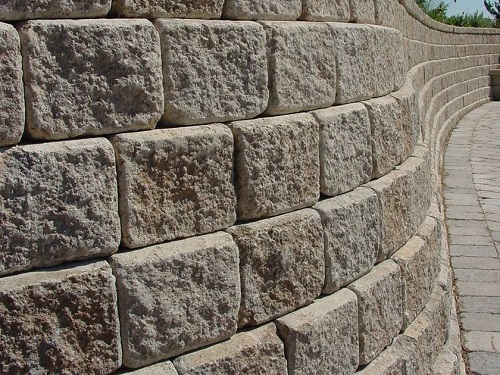 Friday, April 26, 2024
Friday, April 26, 2024  Friday, April 26, 2024
Friday, April 26, 2024 
It’s easy to overlook the fact that building materials are steadily getting better and more beautiful.
This means the appearance of new structures and renovations look more interesting, and concrete blocks are part of this long wave improvement.
What started out as the plainest, cheapest and simplest way to build with masonry, concrete blocks have evolved into an option that combines beauty along with construction speed, durability and economy.
It’s now possible to build block walls that look great all on their own.
You probably see buildings made this way and never know you’re looking at blocks, and the improvements come down to three main things: texture, variety and technical innovations.
One of the nicest things about masonry is the surface textures it can offer.
This has always been the attraction with traditional masonry, but it’s appearing more and more often these days, even in blocks, too.
The play of light and shadow on a randomly broken masonry surface is attractive, and this is one feature behind today’s most beautiful blocks.
Colour is another feature that makes concrete blocks an attractive option.
Instead of ordinary grey colours, blocks are now available in dozens of choices ranging from nearly black to browns, reds, grays and whites.
Coupled with matching or contrasting mortar joints and you’ve got a lot of aesthetic options.
Cement is the active ingredient that holds all concrete products together, and this applies to blocks, too.
The thing is, cement production is also responsible for about 5% of carbon dioxide output world wide, so it’s come onto the greenhouse gas radar.
That’s why at least one Canadian company is using CO2 sequestering technology in their concrete production.